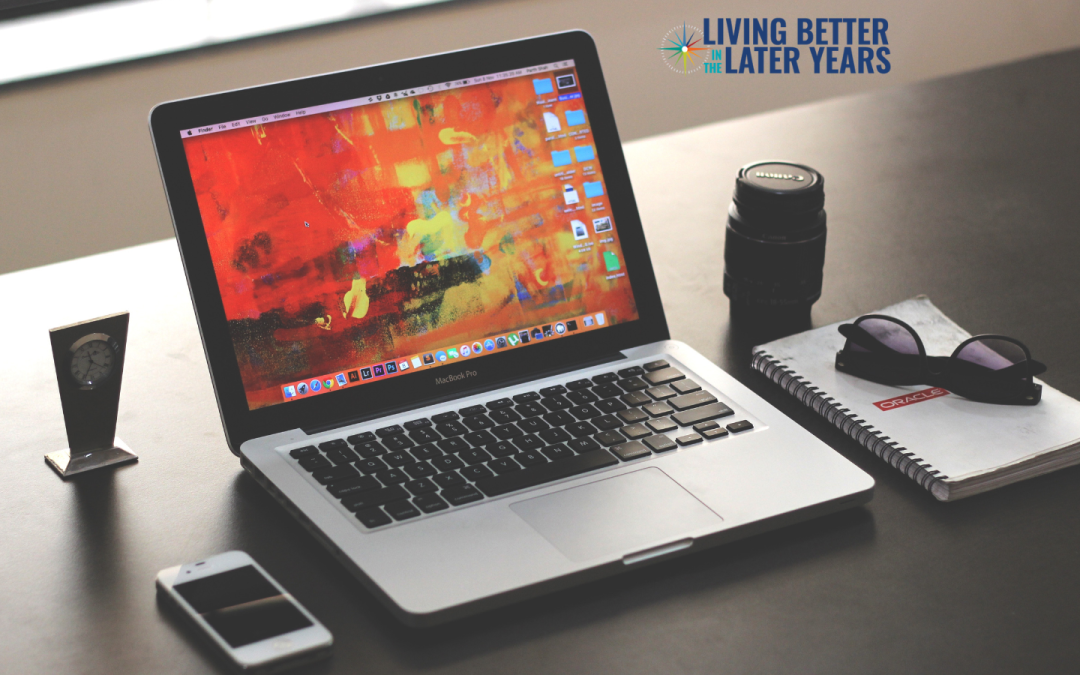This will look different for each person. And it does not necessarily mean cleaning up. The idea is to organize your space to best fit your work, play, and creative style. Doing so can optimize how quickly you find and retrieve needed information and tools. Here are several ideas to get you started:
- Organize your computer to compliment your workflow. Think through how best to structure your files. Organize your taskbar and startup files. Establish your desired browser and define and tag your favorites. And finally, regardless of your organizational preferences, learn to use available search capabilities to quickly find files, photos, documents, and messages.
- Do likewise with your phone. Familiarize yourself with the option for using multiple screens and creating folders for common applications. Place only the highest priority applications on screen one and lower priority applications on the latter screens. Additionally, place the following four applications on the docking bar at the bottom of your home screen—the camera, an application like OneNote, an application like LastPass for confidential site access and passwords, and your email application.
- Get rid of physical post-it notes and note pads. Instead, learn how to operate an application like Microsoft’s OneNote. Using this application consistently and proficiently can be life-changing. Use OneNote (or a similar application like Evernote) to regularly take notes, cut and paste critical information or photos, and capture meeting notes. To complement this, learn to:
- Use your computer’s “snip” feature to cut and paste passages from any screen image and save it in OneNote.
- Use the application search feature to quickly find needed content.
- Use the cloud-enabled link feature to access your OneNote from multiple devices.
- Use the Google Photos application and the tremendous search features provided to quickly find photos or pictures of documents, etc. that you want to find.
- Organize and store critical family documents (e.g., wills, birth certificates, financial records, etc.) in a product like The Survivor GuideTM for ready access during both the best (and worst of) times.
- Use an old-school shadow board. This is an extremely effective means of storing tools of all types and providing immediate inventory feedback to help identify what may be missing.
Organizing as such and/or learning to apply some of these new tools and applications will take time and perhaps need iterations as you fine-tune your approach. Continue to assess and refine your approach to organization.

